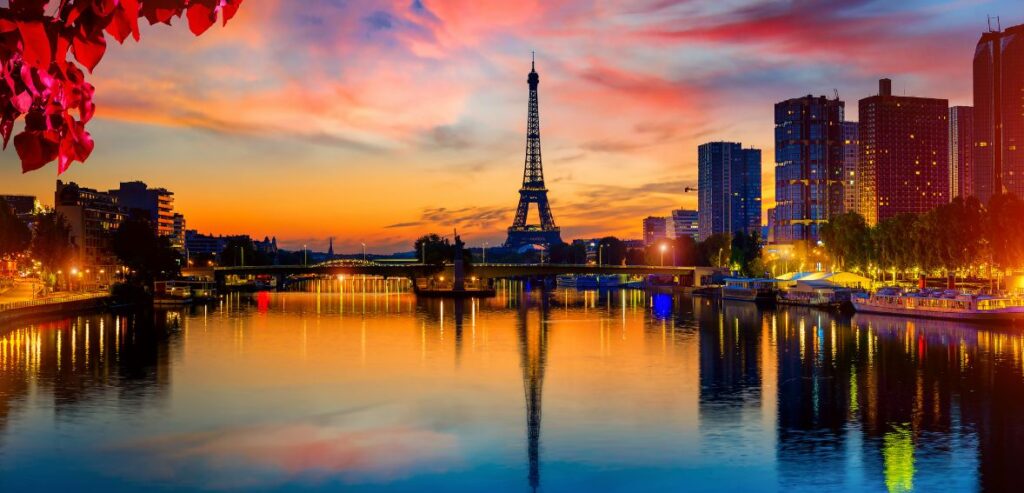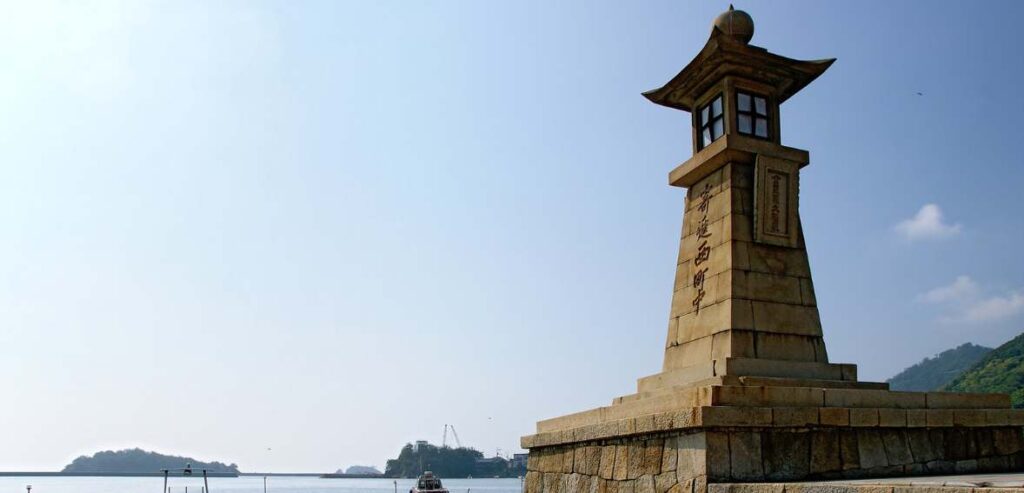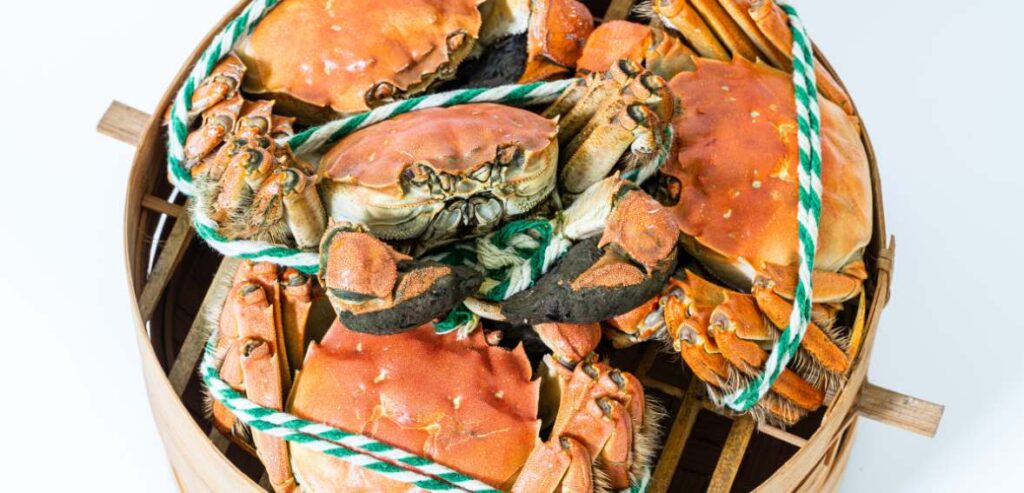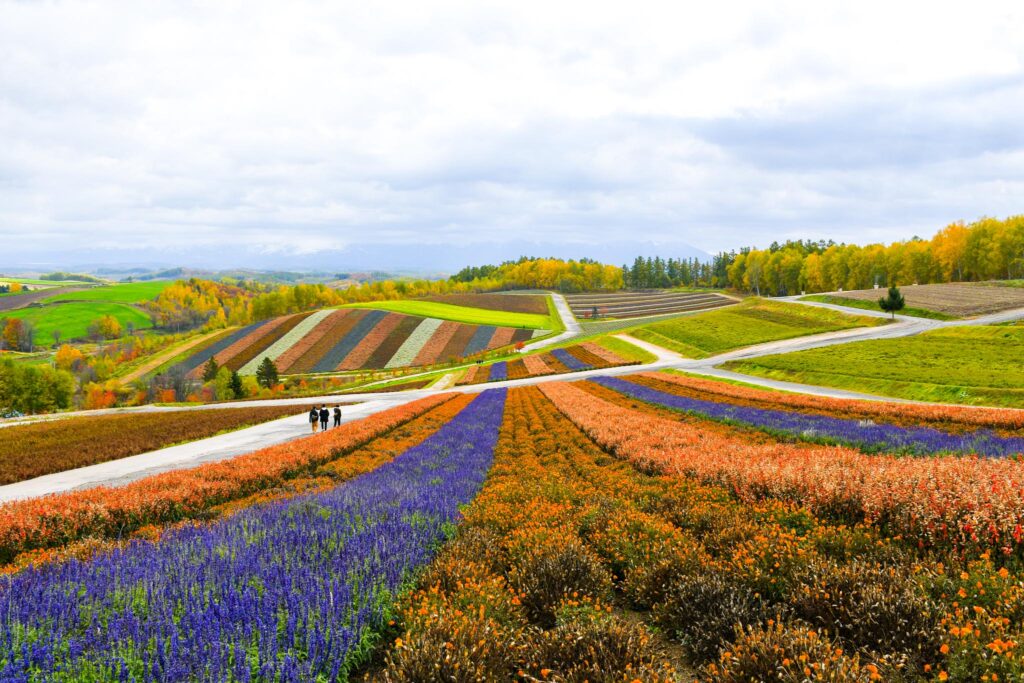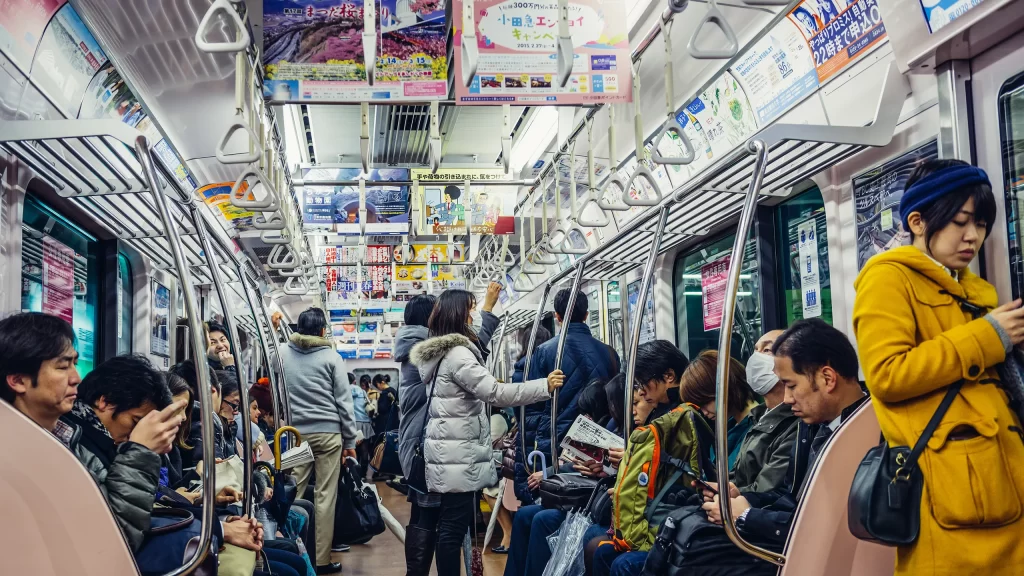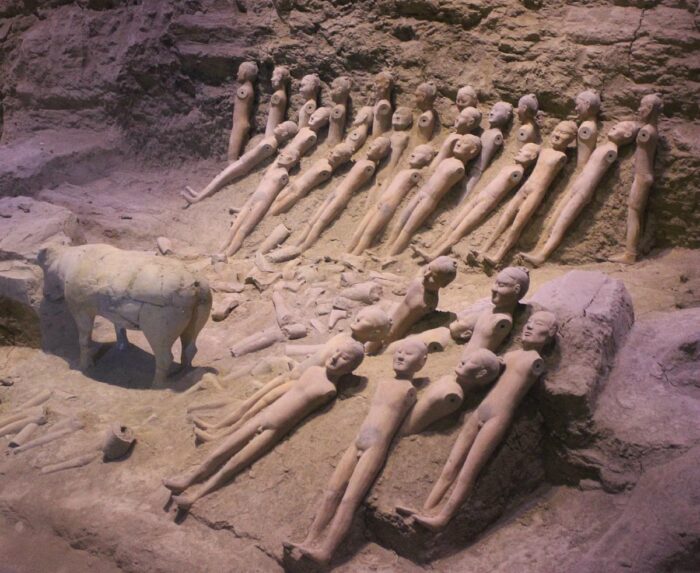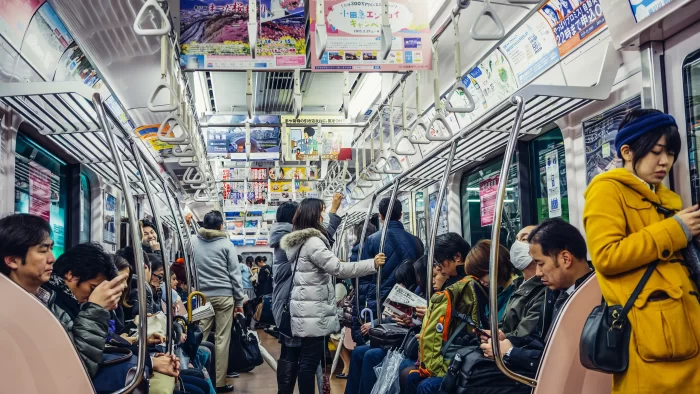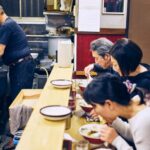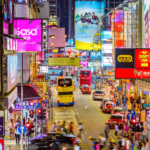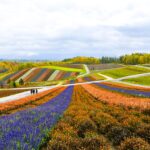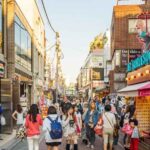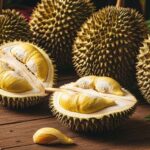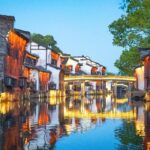Now Reading: Winter 2014 Central Japan & Tokyo by Trains & Buses, Day …
-
01
Winter 2014 Central Japan & Tokyo by Trains & Buses, Day …
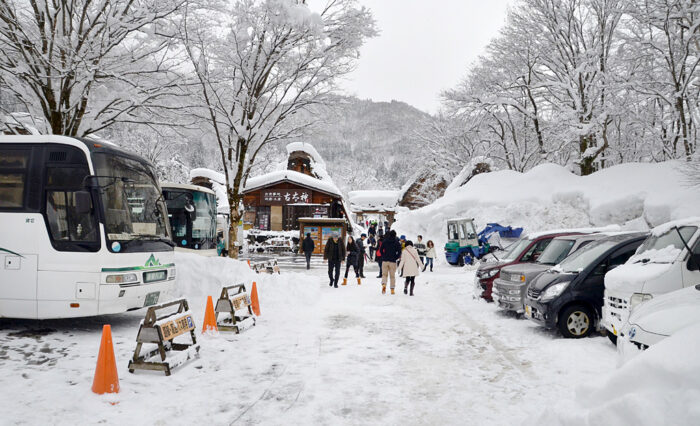
Winter 2014 Central Japan & Tokyo by Trains & Buses, Day …
Our arctic journey through Japan began with our arrival at Chubu Centrair International Airport in Nagoya during the Winter 2014 Central Japan & Tokyo. We arrived at the core of Nagoya via the Meitetsu -SKY limited express train in less than thirty minutes, after boarding the train and completing the customs process. The Meitetsu Nagoya line, which serves Nagoya Station continuously, is conveniently reachable by means of the airport train. In this post I share my Winter 2014 Central Japan & Tokyo by Trains & Buses, journey.
Nagoya Station is a major transportation center, serving bullet train (shinkansen) lines, regular JR trains, Meitetsu trains, Kintetsu trains, and a subway station. Following lunch in the form of ekiben bento trays, we boarded the JR Chuo Main Line’s Shinano limited express. During this picturesque 2.5-hour journey, we traversed the majestic Kiso Valley and descended into the Japanese Alps.
As soon as we arrived at Kiso-Fukushima, a hot spring village in Nagano Prefecture, it had just begun to snow. We reached our traditional ryokan inn following a brief taxi ride. After completing the check-in process, we donned yukata garments and unwinded in the onsen springs, which were brimming with minerals, prior to indulging in a kaiseki dinner featuring regional specialties.
Day 2 Hiking the Nakasendo Trail
After indulging in a sumptuous breakfast prepared in the traditional Japanese manner at our ryokan, we mounted a portion of the renowned Nakasendo route for a stroll. During the Edo period, a trade route existed between Kyoto and Edo (present-day Tokyo) that traversed the Alps. A popular activity in the Kiso Valley is traversing the hills along the original stone pathways that traverse the hills, which are in close proximity to the remarkably preserved villages of Tsumago and Magome.
Following a twenty-minute journey from Kiso-Fukushima to Nakatsugawa Station via the JR Chuo Main Line, we boarded a local bus and arrived in the village of Magome after thirty minutes of meandering bus travel. After conducting an investigation of the historic wooden edifices that have been converted into shops and inns in Magome, we proceeded to Tsumago village via a 5-mile segment of the Nakasendo trail.
Amidst the chirping of birds and the sole sound of our own footfall the woodland stroll was serene. Decades-old stone inscriptions delineated the pathway. Three hours later, we descended into Tsumago, pausing en route to admire shrines and breathtaking vistas. Featuring its pristine thatched-roof structures and conspicuously absent electricity lines, this picturesque village is even more fortified against intrusion than Magome.
After purchasing steaming green tea and some snacks at a small shop we boarded another bus and returned to Nagiso Station via the JR Chuo Main Line in fifteen minutes. From Kiso-Fukushima where we collected our belongings we took a limited express to Matsumoto a castle town located beneath the Japan Alps.
From Matsumoto to Karuizawa on Day 3
The magnificent old samurai stronghold referred to as “Crow Castle” is the source of Matsumoto’s notoriety. We spent the morning observing Matsumoto Castle, which was situated amidst snow-capped mountains, with its striking crimson bridge and imposing black walls serving as our focal points. The castle’s moon-viewing chamber provides sweeping vistas.
Lunch was enjoyed at Matsumoto’s Nawate-dori, a riverfront thoroughfare flanked by restaurants and shops that were once historically significant structures. Sanzokuyaki, which consists of chicken marinade and skewered barbecue, is the regional specialty. We visited vendors selling handicrafts and mementos prior to assembling our possessions and boarding the Shinano, a limited express train, at Matsumoto Station.
We traveled by train for an additional scenic half-hour to reach the upscale mountain resort of Karuizawa. We rented bicycles for the purpose of exploration after settling into our lodging in close proximity to the station. The tree-lined alleyways of Karuizawa are lined with boutiques, cafés, and galleries. While perusing the shops, we took pleasure in the crisp mountain air.
That evening, we dined at a neighborhood restaurant serving shinshu soba, which are buckwheat noodles served chilled with dipping sauce or heated in broth with tempura. Following that, we indulged in a beverage in the hotel lobby and a hot spring bath to conclude the evening.
Kusatsu Onsen and Karuizawa Outlet Mall on Day 4
We commenced the day by boarding a bus from Karuizawa Station to Kusatsu Onsen, a renowned hot spring resort in Japan. After a 30-minute mountainous journey, one arrives at the medieval settlement encircling mineral-rich volcanic springs. The primary hot spring area, Yubatake, contains a substantial timber structure that chills the spring water for use in bathing.
The streets of Kusatsu, which are lined with traditional inns, bathhouses, and souvenir stores, were ours to explore in the morning. We traveled to the Netsunoyu Bathhouse in order to fully experience the therapeutic waters. We then enjoyed lunch consisting of regional specialties such as sansai mountain vegetable tempura and onsen tamago eggs, which are cooked gently in springs.
We proceeded to Karuizawa Prince Shopping Plaza, one of the largest outlet complexes in Japan with over 200 stores, upon our afternoon bus return to the city. We strolled through the establishments stocked with discounted products by brands including Adidas, Burberry, Beams, and Shiseido.
We dined at a neighborhood izakaya tavern in the heart of Karuizawa. We conversed while enjoying sake and yakitori skewers regarding the subsequent phase of our journey: the bullet train to Tokyo the following morning.
Tokyo by Bullet Train on Day 5
Prior to packing and departing, we indulged in one final plunge in the hotel’s onsen. We enjoyed ekiben bento dishes on the train and yaki-manju buns stuffed with red bean paste at Karuizawa Station for dessert.
Using our Japan Rail Passes, we rode the Hokuriku Shinkansen bullet train on the Nagano Shinkansen line. Accelerating to a maximum of 160 mph, the pristine white train swiftly propelled us across the picturesque landscape and out of the mountains.
We embarked on a 1.5-hour journey, transferred to the Joetsu Shinkansen at Takasaki, and spent an additional hour in Tokyo. We made our way through the throngs of passengers at Tokyo Station to the Marunouchi exit, where we signaled for a taxi to our Shinjuku hotel.
Shinjuku, the principal commercial and entertainment district of Tokyo, is adorned with colossal edifices and brilliant neon signs, upon which we fixed our gaze that evening. Warm sake and sashimi were passed to us via conveyor belt. We were extremely satisfied with our wintertime excursion throughout the heart of Japan, and we were looking forward to exploring Tokyo’s shops, monuments, and cuisine for the next few days. I hope you like this Winter 2014 Central Japan & Tokyo by Trains & Buses, Day …


